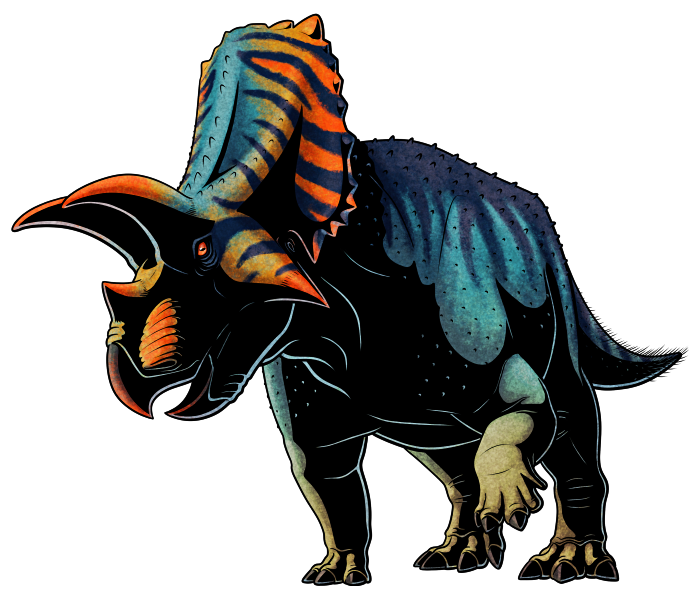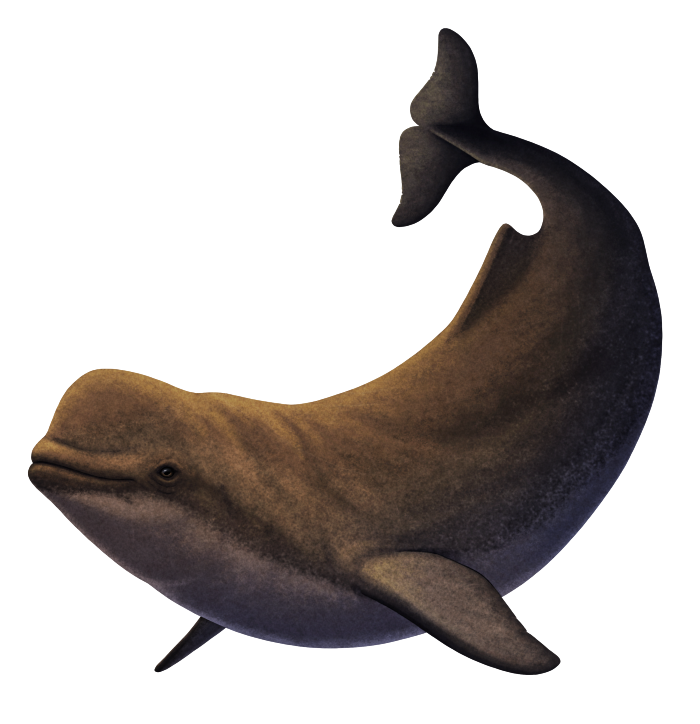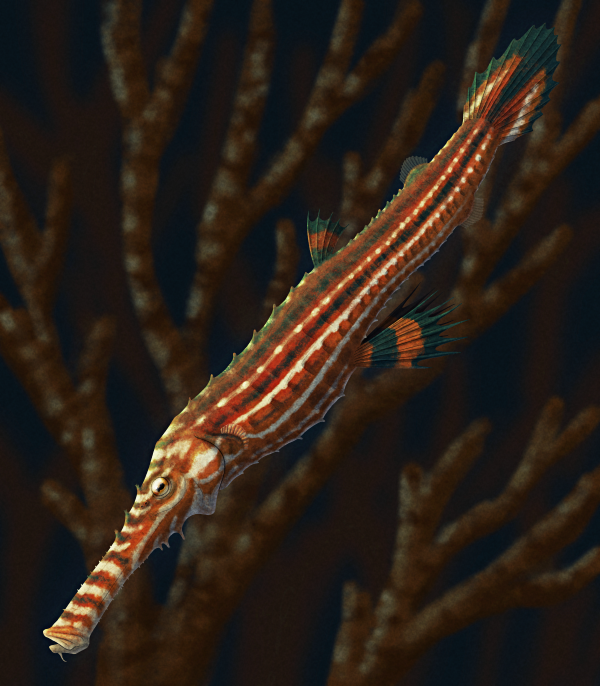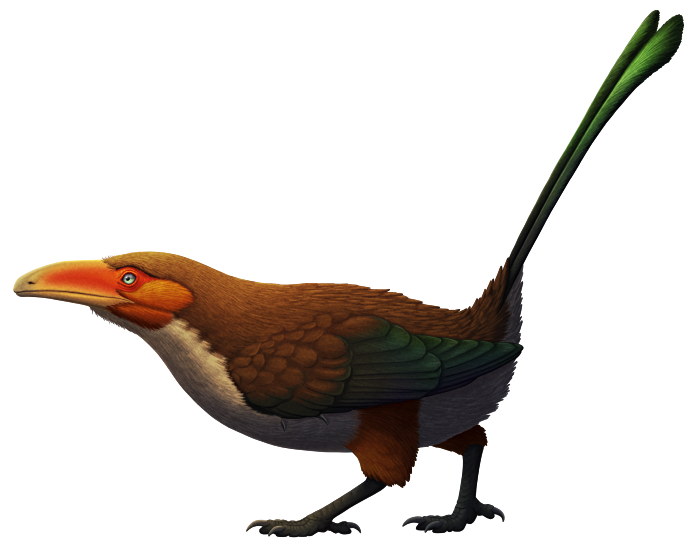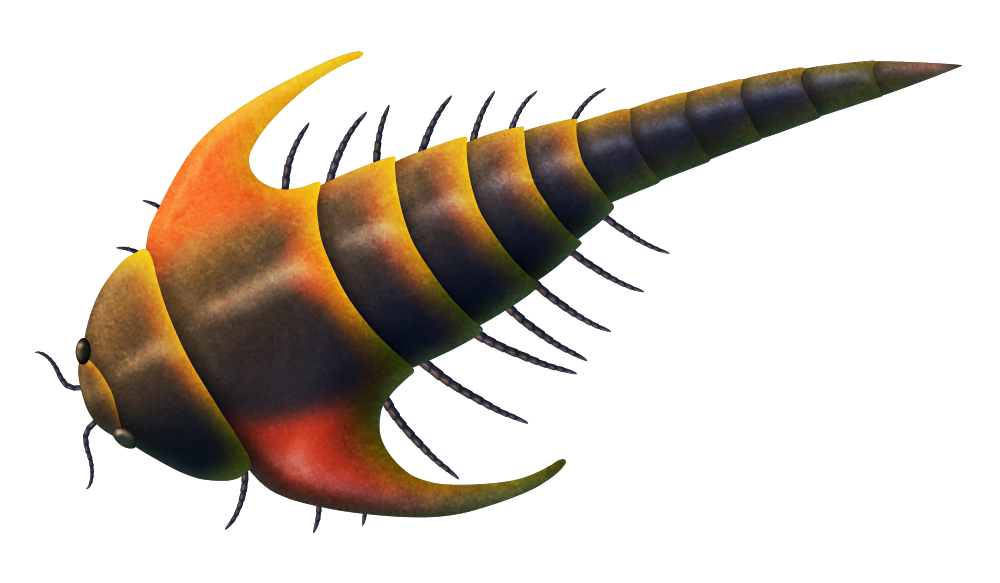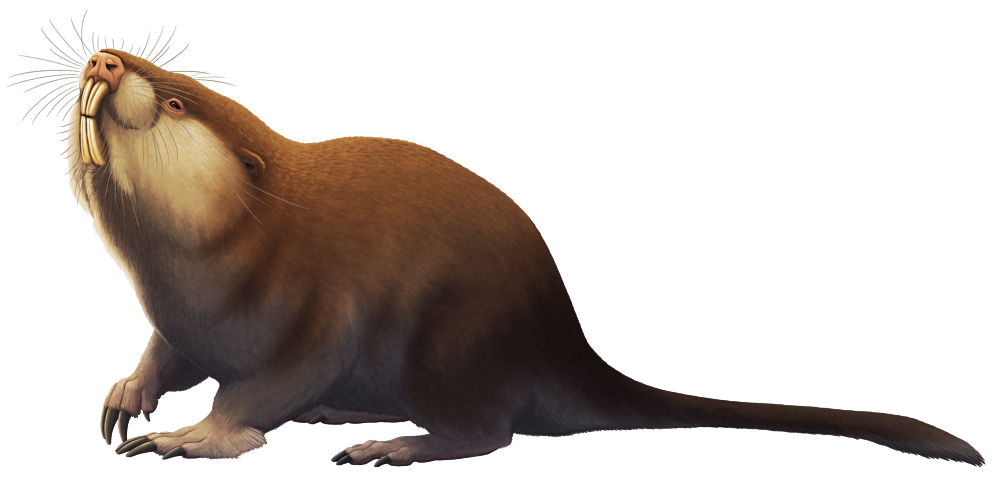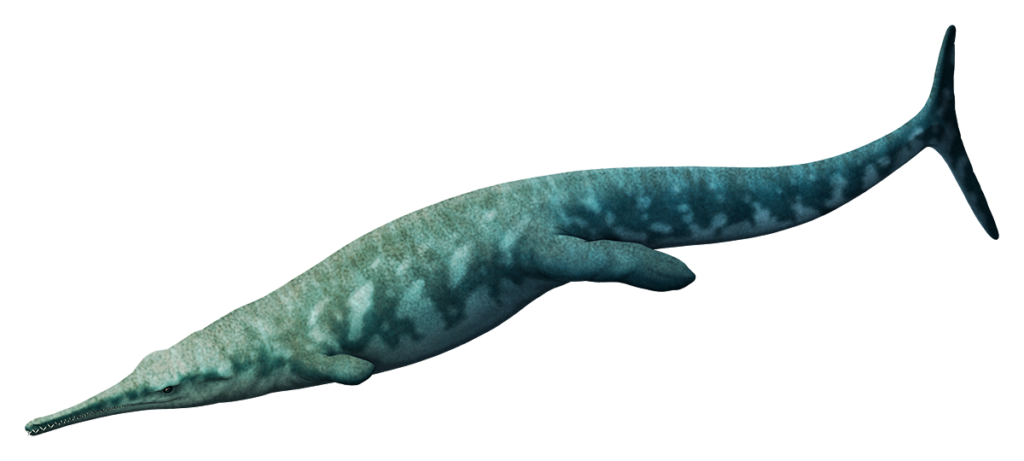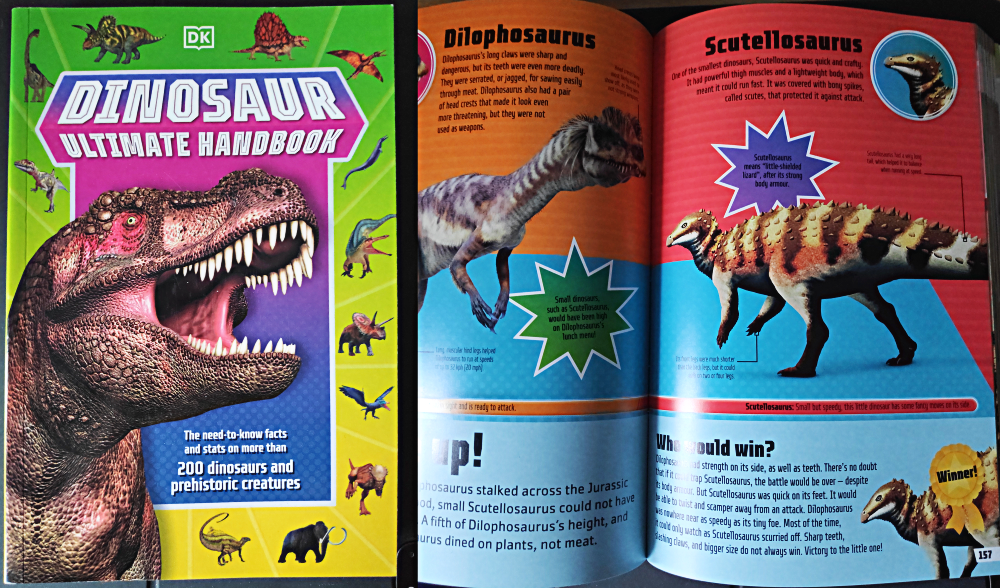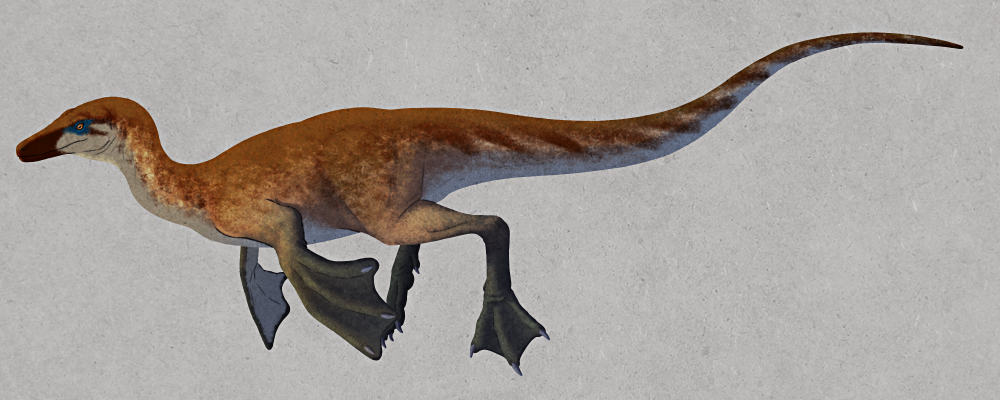So, Spinosaurus wasn’t technically the first known aquatic non-avian dinosaur.
That title instead temporarily went to Compsognathus corallestris.
While the idea that hadrosaurs and sauropods were wallowing swamp-dwellers had been completely abandoned at the start of the Dinosaur Renaissance, the new view of dinosaurs as active sophisticated animals led to a surprising aquatic hypothesis during the early days of this paleontological revolution.
A specimen of the small theropod Compsognathus discovered in southeastern France in the early 1970s was only the second skeleton ever found of this dinosaur, and came over a century after the first. It was initially thought to represent a new species since it was about 50% larger than the German specimen of Compsognathus longipes, and it seemed to have something very unusual going on with its hands – its forelimbs were somewhat poorly-preserved and distorted, and had traces of some sort of large fleshy structure around the hands that was interpreted as representing elongated three-fingered flippers used for swimming.
This wasn’t necessarily as ridiculous of an idea as it might sound. Compsognathus lived during the Late Jurassic, about 150 million years ago, at a time when Europe was a group of islands in a shallow tropical sea. A semiaquatic dinosaur specialized to swim and dive, hunting the abundant aquatic prey in its environment, and easily able to island-hop all around the European archipelago seemed at least somewhat plausible, and reconstructions of fin-handed C. corallestris even appeared in several popular dinosaur books of the time.
But it didn’t last.
Within just a few years doubt was being cast on this idea, and further studies of both known Compsognathus skeletons in the late 1970s and early 1980s concluded that C. corallestris was actually a fully-grown adult individual of the juvenile C. longipes. The French Compsognathus had normal-looking hands for its kind after all, with two large clawed fingers and a vestigial third finger, and the “flipper” impressions had just been ripples in the fossil slab.
For a long time after that the general view became that there just weren’t any aquatic non-avian dinosaurs at all – but more recent discoveries like the new Spinosaurus material and Halszkaraptor are starting to suggest that some of these animals were much more at home in the water than previously thought.
Something resembling Compsognathus corallestris might still surprise us in the future.

